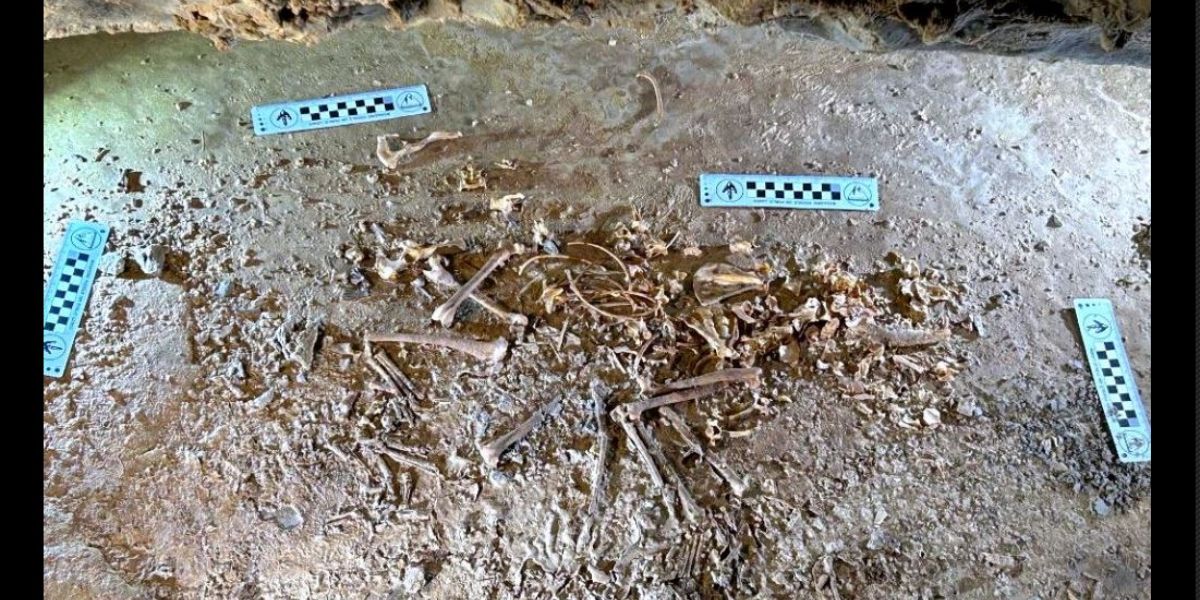Vernal, UT – While Vernal is famous for its dinosaur discoveries, a new and very different find is making headlines—a perfectly preserved Ice Age red fox, found in a cave in the nearby Uintah Mountains.
Scientists from the Utah Department of Natural Resources Division of State Parks, working at the Utah Field House of Natural History State Park Museum, usually study ancient bones—but they don’t often get the chance to collect them. That’s why this discovery has them so excited.
Her name is “Roxy,” and she was found undisturbed in a cave in the Uintah Mountains, representing one of the most significant Ice Age mammal discoveries in the region.
Although researchers had known about bones in the area for years, they didn’t realize just how rare and important they were until the U.S. Forest Service tested them. After dating the bones, scientists learned they were around 26,000 years old. Soon after, they also confirmed the species.
“This is probably the most exciting vertebrate skeleton I’ve ever collected,” said John Foster, the curator of collections at the Utah Field House of Natural History State Park Museum. “I hate to say it, but it was a lot more fun than a dinosaur.”
Roxy’s skeleton includes parts of the skull, neck, back, tail, ribs, and what Foster says is one of the best-preserved pieces: the lower jaw. He’s especially fascinated by the tiny claws from her front paws, which are so detailed they look like they belonged to an animal that died only a few years ago.
At 26,000 years old, Roxy predates the pyramids, the invention of writing, and even the beginning of farming. Red foxes are known as the most widespread land carnivores in the world, and researchers believe they first came to North America from Eurasia between 300,000 and 130,000 years ago.
Roxy lay untouched in the cave for thousands of years until a team of scientists carefully removed her bones. It wasn’t easy—they had to hike for hours to reach the cave and then spend more time crawling to its back, where the skeleton was located.
“Of course, it was completely nerve-wracking collecting it. The scariest part was deciding that we hadn’t missed anything,” Foster said. “We’re trying not to break anything. It was six hours in there just to get all that done.”
Before Roxy, there had been very few Ice Age mammal discoveries in northeastern Utah. Foster said the only one he knew of was a camel shin bone found south of Vernal in the 1980s.
Now that Roxy’s bones have been cleaned and preserved, scientists are ready to begin their research.
First, they will carbon date two of the ribs to confirm her age more precisely, within about 100 years. Then, they plan to analyze her ear bones to extract DNA and study isotopes.
These tests could tell scientists what Roxy ate and whether her diet was different from today’s red foxes. They might also reveal how red foxes are related to other canines—like wolves, or even pet dogs.
Roxy’s discovery not only adds to the history of Utah’s prehistoric wildlife but also opens up exciting new scientific questions about the Ice Age and the animals that lived through it.









